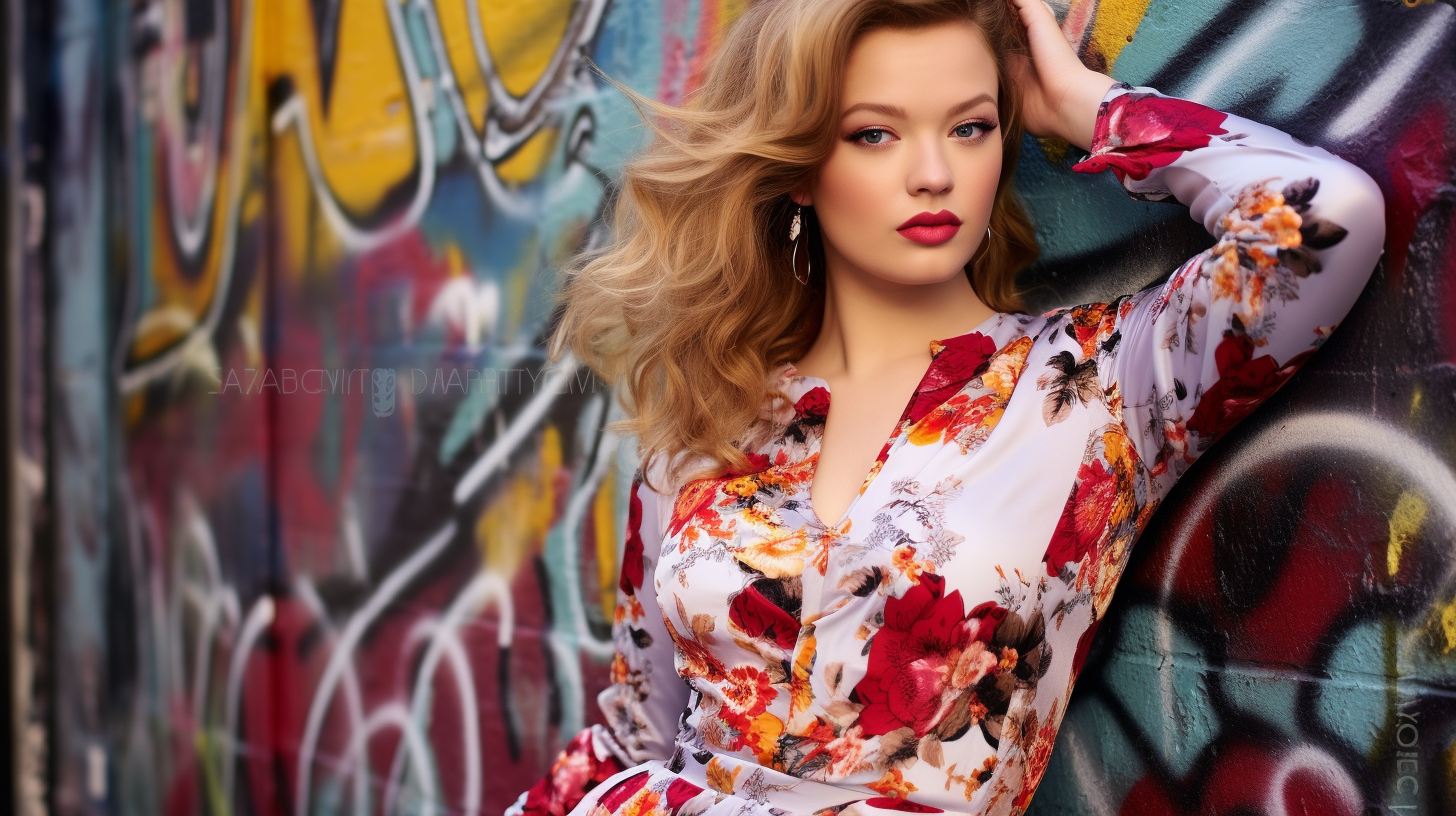Post
When it comes to photography, the background and backdrop are just as important as the subject itself. They can either enhance or detract from the overall impact of an image. The key to creating visually appealing photographs lies in understanding how to effectively utilize backgrounds and backdrops.
Firstly, consider the context and theme of your photo. Think about how the background can support and enhance the subject matter. For example, if you are photographing a model in a vibrant, urban setting, choose a backdrop that complements the energy and colors of the city.
Secondly, pay attention to composition. Ensure that the background doesn't distract from the main subject. Use techniques like shallow depth of field to blur the background and make the subject stand out.
Thirdly, experiment with different textures and patterns for your backdrops. A textured wall, a lush green forest, or even a simple piece of fabric can add depth and interest to your images.
Lastly, don't be afraid to get creative with unconventional backgrounds. Look for unique elements in your surroundings, such as interesting architectural details or natural landscapes, and incorporate them into your compositions.
Remember to keep your focus on the subject while still considering the role of the background and backdrop. With practice and experimentation, you'll develop an eye for choosing the perfect background and backdrop to elevate your photographs to the next level.
Subject: A portrait of a young woman in a floral dress against a vibrant graffiti wall.
Background: The graffiti wall consists of colorful street art depicting abstract shapes and patterns. It provides a visually stimulating and energetic backdrop for the subject.
Mood: The overall mood of the image is lively and urban, with a hint of whimsy. The vibrant colors and dynamic patterns of the graffiti wall create a sense of excitement and playfulness.
Camera: Canon EOS 5D Mark IV
Lens: Canon EF 50mm f/1.4 USM
Aperture: f/2.8
Shutter Speed: 1/200 sec
ISO: 200
Other Settings: The photographer uses the camera's evaluative metering mode to properly expose both the subject and the background. They adjust the white balance to ensure accurate color reproduction and enhance the vibrancy of the graffiti wall. The photographer also employs a shallow depth of field, achieved by selecting a wider aperture of f/2.8, to separate the subject from the background and make her stand out more prominently. Additionally, the photographer may use fill flash or reflectors to add a touch of flattering light to the subject's face and create dimension.
